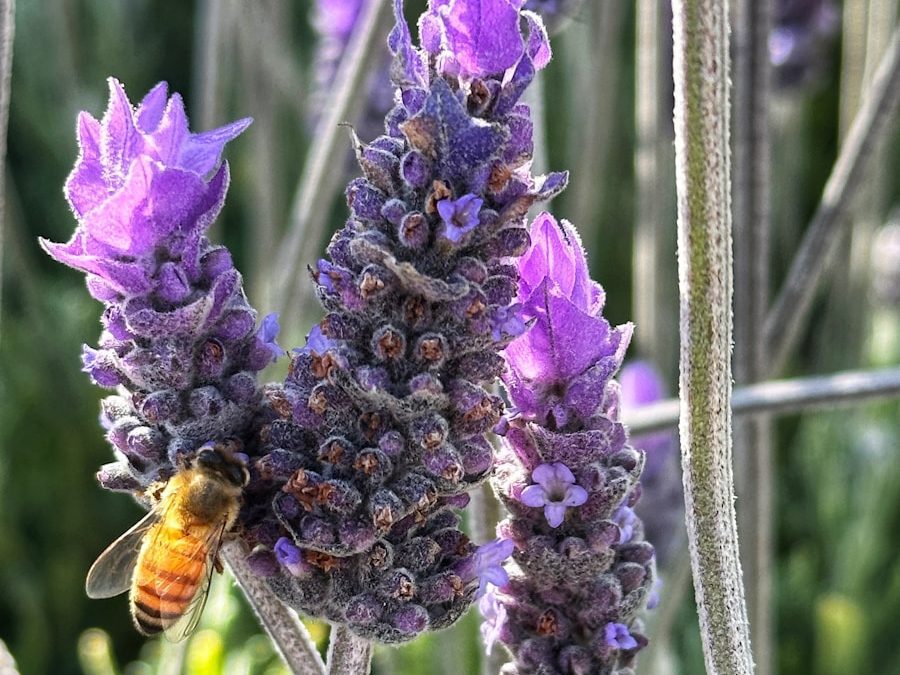Contents
- 1 Best Fragrant Indoor Plants to Naturally Scent Your Home
Best Fragrant Indoor Plants to Naturally Scent Your Home
Tired of using synthetic air fresheners that only mask odors? Why not choose a natural, beautiful solution instead? Fragrant indoor plants can transform your home into a soothing, aromatic sanctuary while adding lush greenery to your space.
In this guide, we’ll cover the best fragrant indoor plants, their unique scents, benefits, and care tips so you can enjoy a fresh, naturally perfumed home year-round. Whether you’re new to indoor gardening or an experienced plant lover, these scented plants will bring a new layer of joy to your indoor oasis.
Why Choose Fragrant Indoor Plants?
- Natural air freshening: No chemicals or artificial sprays required.
- Beautiful decor: Add life, texture, and color to any room.
- Mood-boosting benefits: Certain scents like lavender and jasmine help reduce stress and improve sleep quality.
- Air-purifying properties: Many fragrant plants help remove toxins and improve overall air quality.
- Connection to nature: Indoor plants make your space feel alive and welcoming.
Best Fragrant Indoor Plants
Jasmine (Jasminum polyanthum)
Jasmine is known for its sweet, romantic scent. This climbing plant thrives in bright, indirect light and blooms beautifully indoors with proper care. Water it regularly but avoid waterlogging. Its strong aroma can help promote relaxation and a peaceful mood.
Gardenia (Gardenia jasminoides)
Gardenias produce creamy white flowers with a rich, luxurious fragrance. They require bright light and high humidity, making them perfect for a sunny bathroom or kitchen window. Their classic scent is loved for its depth and elegance.
Lavender (Lavandula)
Lavender is beloved for its calming, soothing scent. While it prefers full sun, you can grow it indoors in a bright window or under a grow light. Keep the soil well-drained and avoid overwatering. The aroma is perfect for promoting restful sleep and reducing anxiety.
Eucalyptus
Eucalyptus plants offer a crisp, invigorating scent that can help clear the mind and improve focus. They enjoy lots of light and benefit from occasional pruning to encourage bushier growth. Place them in offices or study areas for a fresh, clean vibe.
Citrus Trees (Lemon, Orange, Lime)
Indoor citrus trees not only look beautiful but also emit a light, zesty aroma, especially when flowering. They need bright light and consistent watering. The fresh scent from citrus blossoms instantly uplifts the space and brings a cheerful energy to your home.
Rosemary (Rosmarinus officinalis)
Rosemary’s strong, herbal scent is perfect for kitchens and living areas. It prefers bright light and well-draining soil and can also be used in cooking. The earthy fragrance is energizing and purifies the air naturally.
Additional Fragrant Plant Options
Scented Geranium (Pelargonium graveolens)
These plants come in various scents, including rose, lemon, and mint. Easy to grow indoors, they require bright light and moderate watering. Their leaves release fragrance when touched or brushed, adding an interactive element to your indoor garden.
Hoya (Hoya carnosa)
Also known as the wax plant, Hoya produces clusters of star-shaped flowers with a sweet, honey-like fragrance. Hoyas are low-maintenance and do well in indirect light. Their beautiful flowers add visual interest and perfume the room gently.
Care Tips for Fragrant Indoor Plants
- Light: Most fragrant plants need bright, indirect light to thrive and bloom well. Use a grow light if necessary.
- Humidity: Some, like gardenia and jasmine, require higher humidity; consider using a pebble tray or humidifier.
- Watering: Avoid letting roots sit in water; let the top inch of soil dry out before watering again.
- Pruning: Regular pruning helps maintain shape, encourages blooms, and prevents leggy growth.
- Feeding: Use a balanced, water-soluble fertilizer during the growing season for strong growth and flower production.
Decorating with Fragrant Indoor Plants
- Place jasmine or lavender in bedrooms to create a peaceful, spa-like retreat.
- Add rosemary or citrus trees to the kitchen for a fresh, culinary-inspired touch.
- Use potted gardenias as natural centerpieces in living or dining areas.
- Group different scented plants together for a layered aroma effect in shared spaces.
- Style a reading nook with a eucalyptus plant to enhance focus and relaxation.
Frequently Asked Questions
Do fragrant indoor plants bloom all year? Not all. Many fragrant plants have specific blooming seasons, but they can still provide scent from foliage and periodic flowers throughout the year.
Can I grow these plants without natural sunlight? Most require bright light. If your space lacks sunlight, supplement with an LED grow light to ensure healthy growth and flowering.
Are fragrant plants safe for pets? Some, like lavender and eucalyptus, can be toxic to pets if ingested. Always research each plant’s safety before introducing it to a pet-friendly home.
Recommended Product
Outbound Resource
Learn more about fragrant houseplants in this general houseplant guide on Wikipedia
Final Thoughts
Choosing fragrant indoor plants is a beautiful way to bring natural scent and lush greenery into your living spaces. They refresh the air, improve mood, and double as stunning decor pieces.
Start your indoor aromatherapy garden today and transform your home into a fragrant, calming sanctuary. Enjoy a healthier, more inviting home environment without relying on artificial fragrances.

